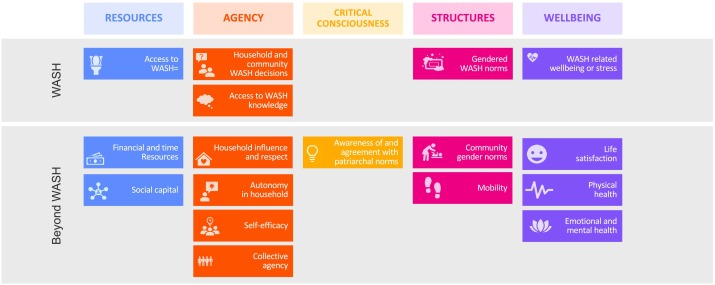Nurse Education Today, Volume 110, March 2022
Objectives: To synthesize literature about teaching social justice to nursing students and identify approaches for effective teaching of social justice issues in nursing education. Design: An integrative review. Data sources: Literature was searched in CINAHL, PubMed, Scopus, Science Direct, and OVID databases. In total, 32 articles were assessed for full-text eligibility, and 18 articles published from January 2011 until August 2021 were critically appraised and reviewed. Review methods: Articles were appraised using Mixed Methods Appraisal Tool.
The Lancet Public Health, Volume 7, March 2022
Disasters are an important public health issue; however, there is scarce evidence to date on what happens when communities and populations experience more than one disaster. This scoping review identifies literature on the effects of multiple disasters published until Aug 2, 2021, 1425 articles were identified, of which 150 articles were included. We analysed direct and indirect public health implications of multiple disasters.
The Lancet Global Health, Volume 10, March 2022
Brain and Spine,
Volume 2,
2022,
100880

